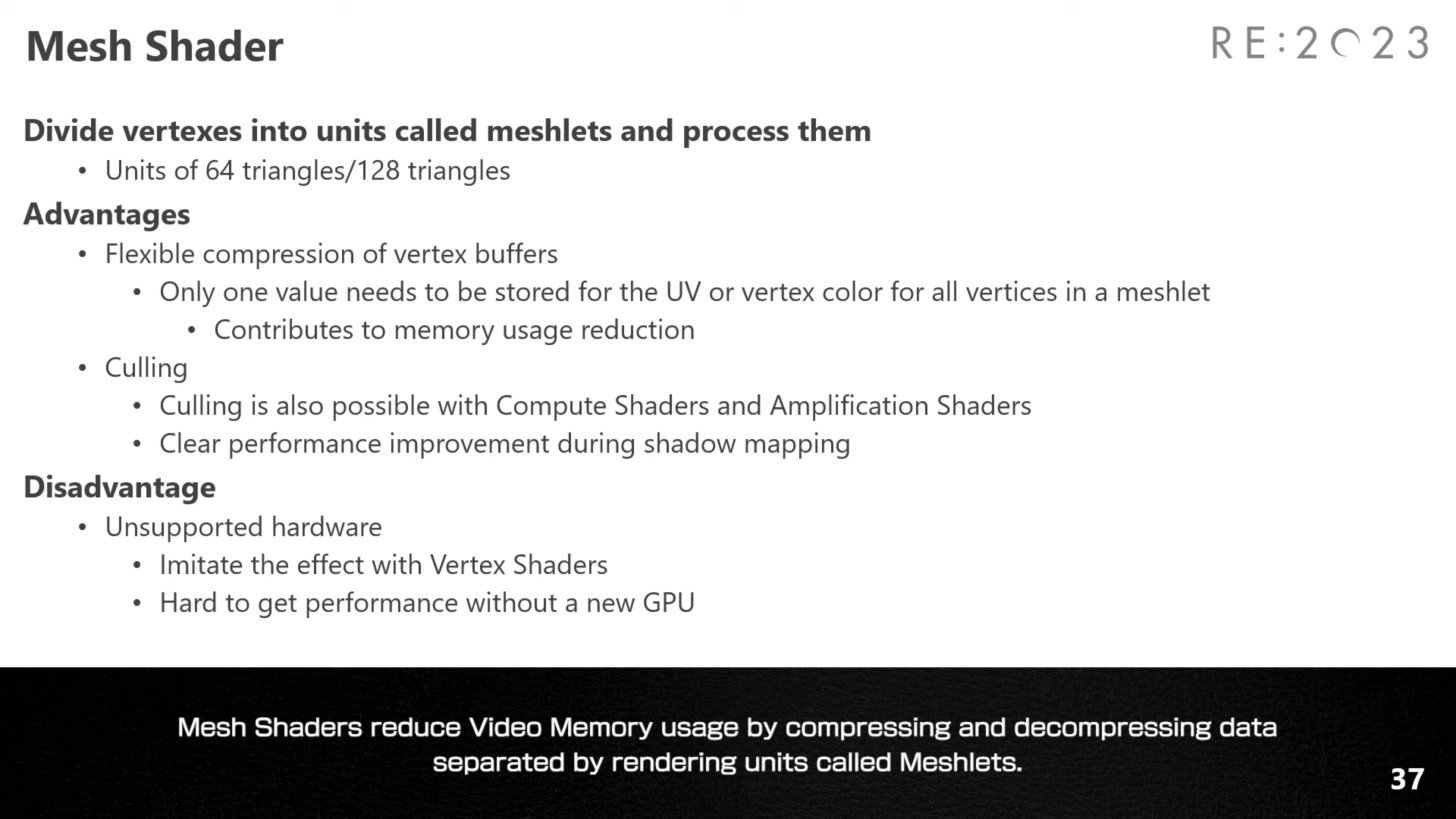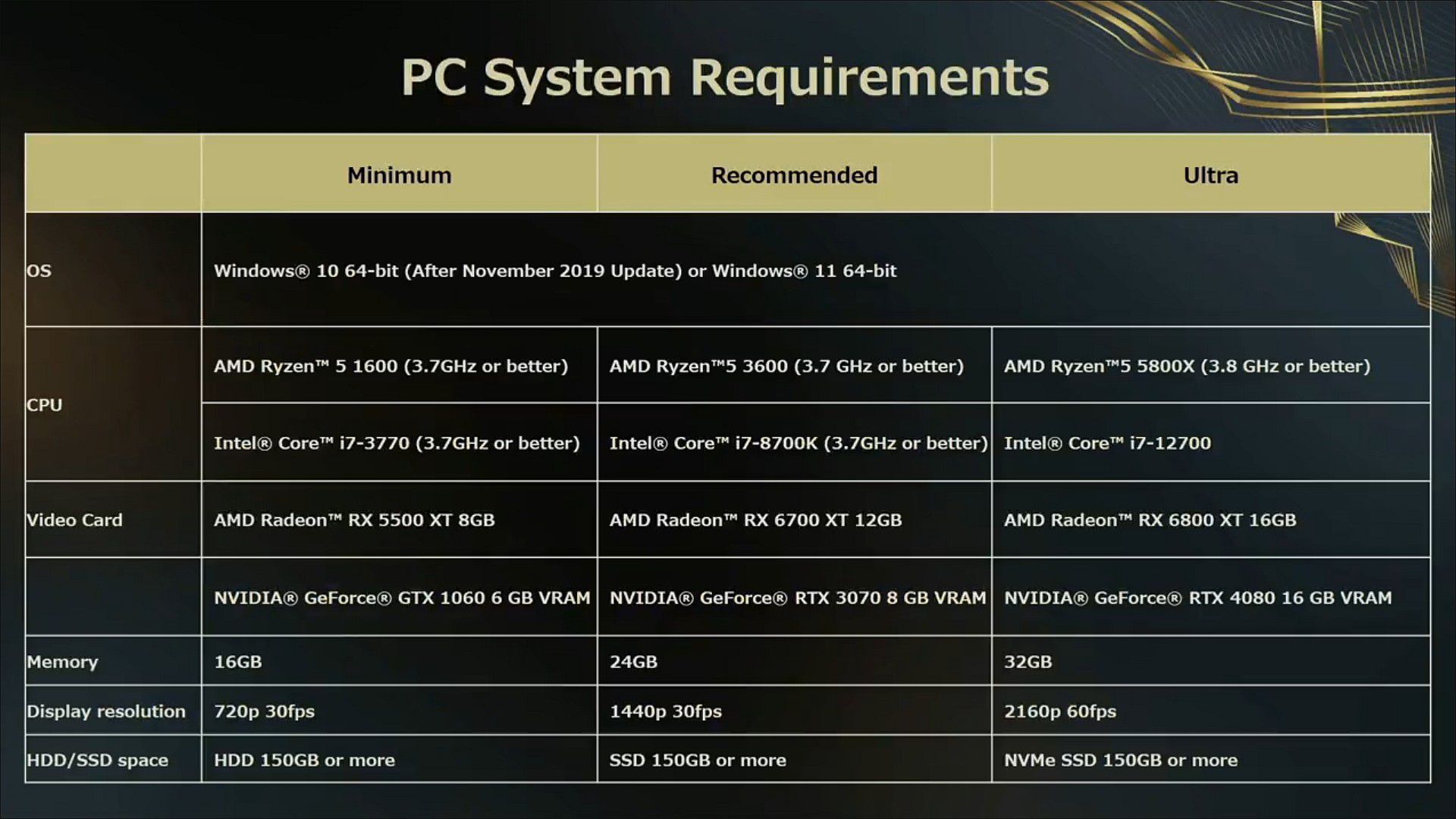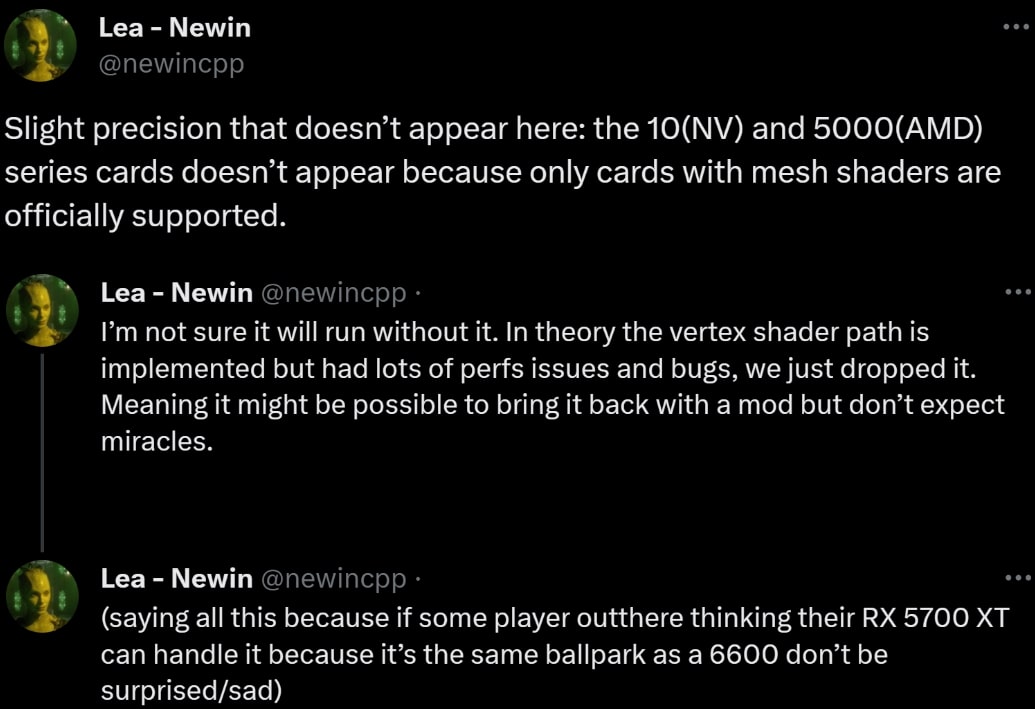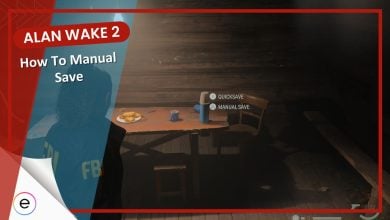Story Highlights
- PC Gaming is going through troubled times, especially mid-range hardware.
- Frequently improving technologies and the higher console baseline have redefined what’s considered “mid-range”.
- Sometimes the games justify the steep demand, but mostly bad optimization and poor ports are making life hell for mid-range gamers.
PC vs Consoles has been an age-old debate, and I’m sure at this point, you’ve heard enough pros from both sides. One thing’s for sure though; PCs are certainly more powerful, but recently, a catch has surfaced. What can I do with all that power if all I get is completely broken PC ports with insane System Requirements that make me second-guess my build’s longevity? Is there no other way to survive as a PC gamer except to get beefier hardware every once in a while?
At least I don’t have to worry about every game’s performance on a console; the recent poor PC ports must have you thinking this. It’s honestly regrettable a better, more powerful platform is suffering in performance. Is it because the focus is more on console ports? Are the games truly becoming that visually impressive? Alan Wake 2 is here, and its insane system requirements forced me to look for the answers to this problem as a mid-range hardware user.

New Technologies Emerge In The Blink Of An Eye These Days
First, let’s discuss the case of where there’s a genuine technological leap, such as Alan Wake 2. In the past, a piece of hardware lasted a lot longer because technological development was slow. Graphical leaps and new pieces of tech appeared after a considerable duration. Games also saw a huge graphical jump after a very long time, as technological advancement was not as transcended as today, and thus your mid-range hardware would stay competent for a good few years before needing an upgrade.
Things are different now. Owing to technological leaps, better manufacturing methods, extensive research, and more resources, new hardware arrives with a lot less interval now. Plus, it is always accompanied by bigger and better technologies and modern games with “next-gen” visuals since they need something to sell the improved product. Add stuff like DLSS and Ray Tracing into the mix, and the new hardware arriving immediately becomes a much better choice due to how well these work with modern games.
the more I play the more feel ray tracing is the next big thing (maybe even this gen) to come in gaming graphics.
byu/EndKarensNOW intruegaming
The moment you finally upgrade to a new GPU, boom, a better one comes with advanced tech like frame generation, ray tracing, etc. Moreover, the “maximum” limit of what’s possible is also expanding faster. New games keep this in mind to push things through the roof, Mesh Shaders is a good example. This becomes a double-edged sword as although games are becoming visually stunning, so are their requirements. Plus, it is necessary to force the gamers to buy the “improved” hardware to experience the game in its full glory.

The Last Gen Consoles Were Just Too Weak
You might be wondering, my GTX 1060/1070 or RX 580 were good for a long time in the past, but now even RTX 3060 has become “mid-range hardware”. Let me answer this by directing you to the consoles instead. PC gaming is not independent and the current gen of consoles plays an important role in shaping the games. As I mentioned earlier the games in the past would not see a graphical leap for a long time, that’s because the consoles of the past couldn’t handle it.
When a game is developed, the current console hardware is the “baseline”, essentially the lowest hardware the game should run on. As an example, Alan Wake 2 on PS5 uses the “low” preset. Thus, games released in the last gen needed to accommodate the weak PS4/Xbox One Jaguar CPU although better hardware was available on PC during the last gen consoles’ lifetime. Thus, the highest presets on PC required strong hardware, but cards like RX 580 or GTX 1060 were very comfortable sitting in the mid-high range since the lowest limit was very low.
How bad was the base PS4 and Xbox one Jaguar CPU?
by inhardware
This changed with the release of PS5/Xbox Series X. That lowest baseline has now shifted considerably. It now sits at around 2070 Super instead of the highly backward 750 Ti of the PS4. Since the lowest has increased, games now have a lot more freedom to push through with intensive technologies and visuals. 2070 Super will now become the new lowest limit, thus the difference between what piece of GPU to call “mid-range hardware” compared to the last gen needs to be considered. That is if bad optimization doesn’t come to say hello.
The Jaguars in PS4 and Xbox One were pretty much already weak / outdated from Day 1 and presented a serious bottleneck for current gen games
This upgrade is massive and is an absolute game changer. In fact I believe the CPU gains are bigger for next gen than the GPU improvements
— Benji-Sales (@BenjiSales) May 27, 2019
“The Game Is Fine, You Need To Upgrade Your Mid-Range Hardware”
Those were all genuine reasons with a logical explanation, but what about the games that are a mess on PC with equivalent hardware but fine on consoles? This is the real culprit behind your fleeting mid-range hardware. It’s true games are becoming technically impressive, but there aren’t many that are so transcendent as to require a super-powered rig. If the game can run fine on a console, why not on a PC when there’s no hardware difference? That, my friends, is the lazy optimization rearing its head.
Optimizing a game takes effort and resources, so here’s a thought. Since stronger hardware is available on the PC anyway, it’s the consumers’ fault for sticking to mid-range hardware. Let’s optimize it for consoles where there’s no other option and be done with it. This is one of the major problems that surfaced alongside technological advancement. Take a look at Cities: Skylines 2. The console version was delayed due to performance concerns, but the PC one was released in a broken state.
Cities Skylines 2 is terribly optimized. Users with i9s and 4090s reporting less than 20FPS in just the menu.
byu/KlippyXV23 inLinusTechTips
These optimization issues mislead people into thinking their hardware is no longer strong enough to run these games. I’d be filled with frustration and rage too if I found out the GPU I just bought less than a year ago is starting to struggle in games. I might start blaming the product, but it’s in truth the broken PC ports that are the culprit. And developers just slap a hefty system requirement on top of a broken port to make you think you’re the problem.

Sometimes, The Games Are Just That Good
However, that’s not always the case, as some games are genuine powerhouses that don’t demand a hefty setup just for show (Yes, Crysis). I’m sure I’m not the only one who was shocked by Alan Wake 2’s towering system requirements. Demanding a 3070 to run the game at 1080p 60fps medium preset with DLSS enabled to boot is just insane. It made me fear for the game’s optimization and my mid-range hardware, as the recent ports have essentially traumatized me. This game was supposed to run fine on a PS5, which made me even more skeptical.
On top of that, the nail in the coffin was the earlier news that the game utilizes Mesh Shaders and thus can’t boot on older GPUs. This meant that the GTX 10 series was straight out of the question, but even the recent RX 5000 series which meets the requirements couldn’t run the game. This is when I thought that’s it for the mid-range setups. However, we later learned the game can run on these GPUs too, but in a considerably worse condition.

It was soon released and although I stood corrected that mid-range hardware isn’t gonna cut it, the game just blew me away with how visually impressive it is. That steep demand was not just for show. Alan Wake 2 feels like a true next-gen with its usage of Ray Tracing, advanced Path Tracing, and Mesh Shaders to deliver a phenomenal experience. It is probably the only game in recent times that makes full use of its advertised high system requirements. The lowest preset is gorgeous too, but top-end hardware is where it shines.
Alan Wake 2 is the first game in a long time that truly looks next gen, the lighting looks so incredibly natural. Maxed out graphics with path tracing enabled.
byu/KobraKay87 inpcmasterrace
Broken PC Ports Might Become The Undoing of Mid-Range Hardware
As I mentioned, technological advancement is understandable but the recent trend of poor optimization can hardly be tolerated. This can eventually discourage gamers from stepping into the PC gaming domain since not everyone can afford to upgrade every time a broken port is released. As the games are running fine on a console, isn’t it better to just switch to a console rather than spending excessively on upgrades?
This thought is starting to emerge, but it will be even more prevalent from here on if bad optimization continues. Take a look at any major release of the past 2 years, and you’ll see a ton of examples of broken PC releases. Cities: Skylines 2, Star Wars Jedi: Survivor, Forspoken, Lords of the Fallen, the list goes on. The game that best describes this situation is Forspoken. Advertised as a “next-gen” experience with hefty requirements, turned out it was poor optimization rather than a generational leap.

In conclusion, Although some solid reasons warrant an upgrade, poor optimization, and false generational jump promises are not among them. This is especially true for mid-range gamers, who suffer the brunt of the optimization issue. High-end hardware suffers too, but it can still pull through. Consoles are not the only platforms out there and PCs deserve equal if not higher attention to proper optimization. I hope this problem is rooted out before it’s too late for PC gaming.
Thanks! Do share your feedback with us. ⚡
How can we make this post better? Your help would be appreciated. ✍



